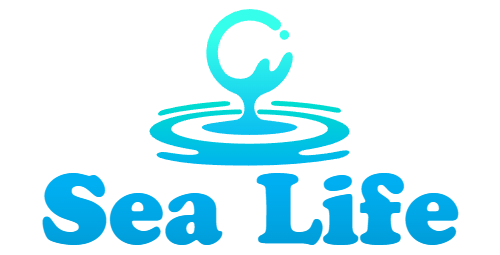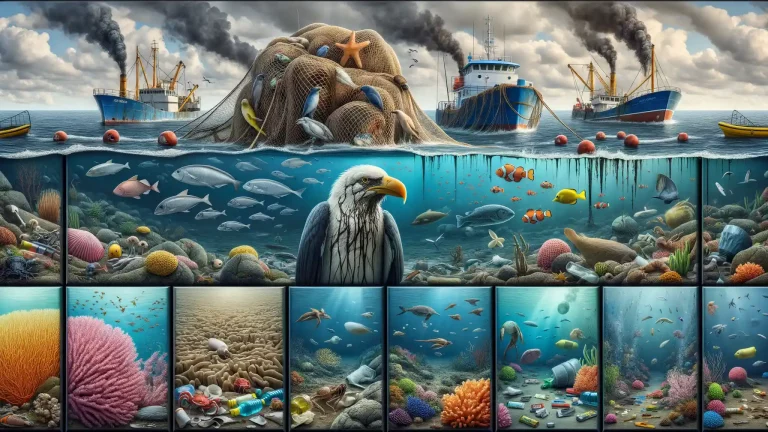Introduction to Threatened Marine Species
The ocean, a realm of vibrant beauty and mystery, is home to some of the most extraordinary creatures on Earth. But beneath its shimmering waves lies a harsh truth—many marine species are struggling to survive. This isn’t just about numbers or charts; it’s about the loss of unique lives and intricate ecosystems that have existed for millions of years. Imagine a world without the haunting songs of whales or the kaleidoscopic dances of coral reefs—it’s not some distant possibility; it’s a race against time right now.
Why These Species Matter to Our World
Every threatened marine species is a thread in the delicate tapestry of ocean life. Turtles, for example, are more than just adorable slow movers—they keep seagrass beds healthy. Sharks? They’re like the guardians of balance, stopping prey populations from exploding. The loss of these species doesn’t just disrupt the ocean; it ripples onto our dinner plates, economies, and even the air we breathe.
Some species are disappearing faster than we can count, their habitats swallowed by pollution, overfishing, and climate chaos. And yet, their fight for survival isn’t theirs alone—it’s ours too. The truth is, protecting them means protecting our shared future.
Reasons Behind Marine Species Endangerment
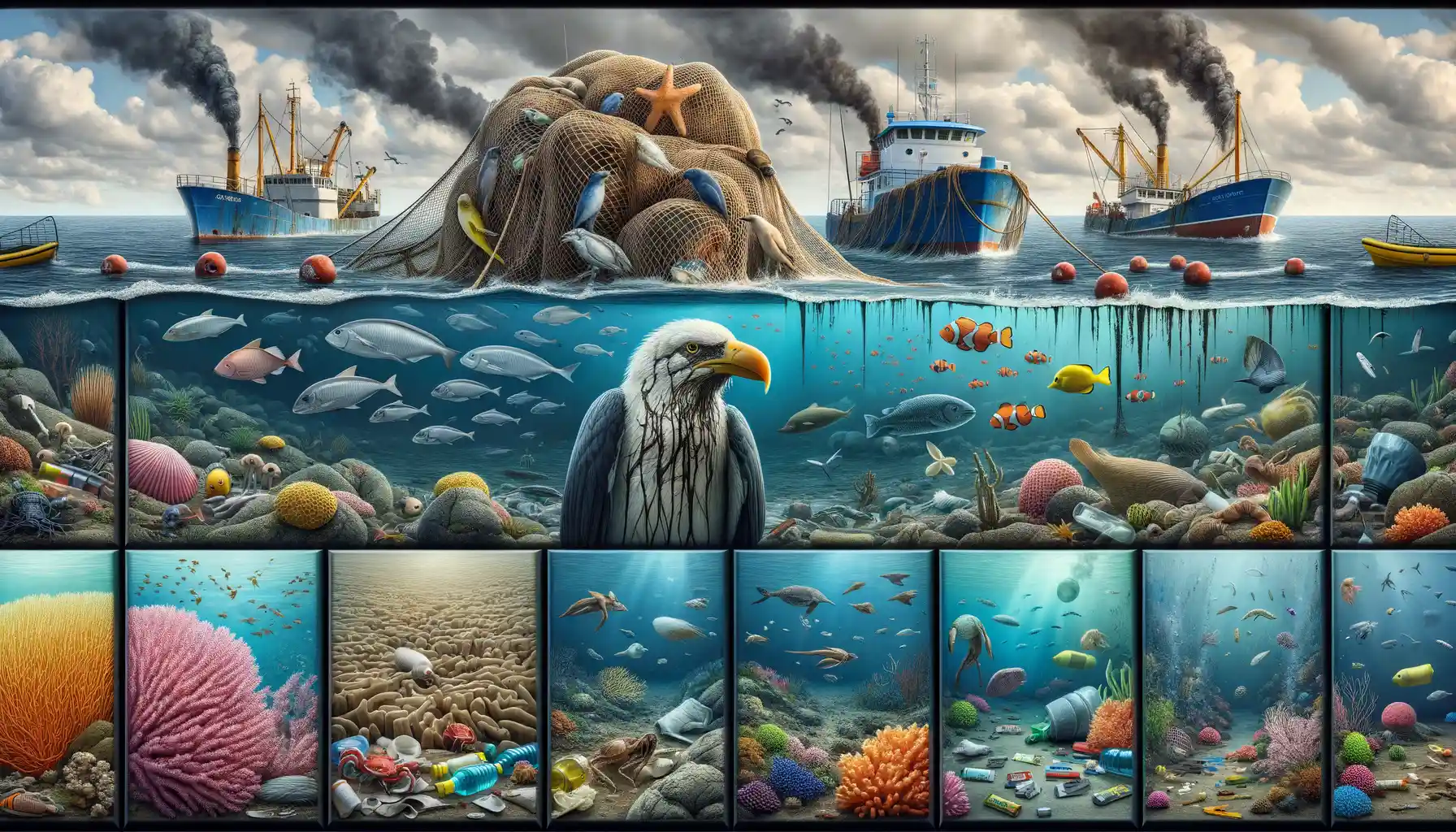
The oceans are alive with the rush of waves and the hum of countless species, but have you ever wondered why so many marine creatures are teetering on the edge of extinction? The unfortunate truth is that many human actions have disrupted their delicate habitats, pushing beloved sea life like turtles, sharks, and coral into a fragile and dangerous existence.
Human Activities: The Invisible Hands Behind Harm
It’s heartbreaking to realize how much we’ve contributed to this crisis. From overfishing that drains whole populations of fish to pollution transforming vibrant coral reefs into underwater wastelands, our activities leave an undeniable mark. Consider discarded plastics—those single-use straws or bags we often don’t think twice about. Once they break down in the ocean, they turn into invisible microplastics, which sea creatures ingest, mistaking them for food. The consequences? Starvation, poisoning, and death.
- Climate change: Warming waters bleach corals and threaten species like clownfish that rely on specific habitats.
- Bycatch: Innocent marine life, including dolphins and seabirds, often get tangled in fishing nets meant for other species.
- Habitat destruction: Mangroves, nurseries for sea life, are bulldozed to make way for coastal development.
Silent Killers: Global Warming and Acidification
What’s haunting here is the silence with which these threats creep in. Rising CO2 levels don’t just heat up the planet—they’re also absorbed by the ocean, causing water to become increasingly acidic. This spells disaster for creatures like shellfish or coral, whose calcium-based skeletons dissolve in such conditions. Imagine a world without vibrant coral reefs—places where thousands of marine creatures live, thrive, and find protection slowly turning into barren ghost towns.
The saddest part? These creatures can’t speak out or rally for their survival. That responsibility falls squarely on us. If we don’t act, the breathtaking diversity of ocean life may one day exist only in old photographs and memories.
Top 5 Threatened Marine Species
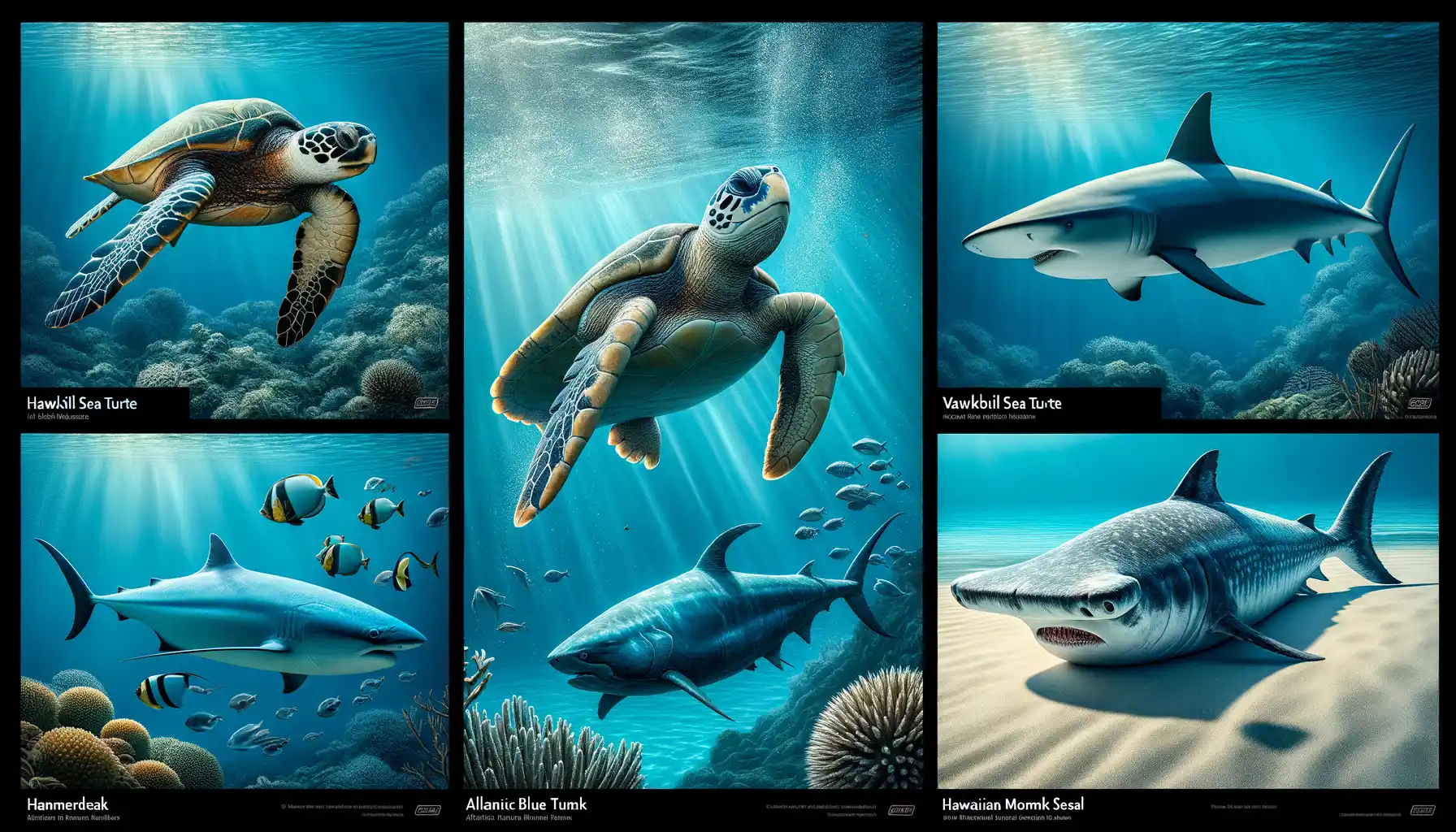
The Magnificent Yet Fragile Ocean Giants
Our oceans are home to creatures so incredible they seem almost mythical. But did you know some of them are on the brink of vanishing? Take the majestic Vaquita, for example. This pint-sized porpoise, found only in Mexico’s Gulf of California, has the ominous title of being the most endangered marine mammal in the world—fewer than 10 remain. Ten. Let that sink in for a moment.
And then there’s the soulful-eyed Hawksbill Turtle, wearing a shell as brilliant as a sunrise. But illegal poaching due to its beautiful carapace has brought this species to its knees. These turtles aren’t just victims of human greed—they’re symbols of our responsibility to do better.
- Whale Sharks: Despite their intimidating name, these gentle giants filter-feed tiny plankton. Countless sharks fall victim to unsustainable fishing practices and habitat destruction.
- Vaquita: Ghost nets used in illegal fishing are their biggest threat—they’re called “ghosts” for a reason: silent killers.
- Corals: Yes, they’re animals too! Entire species of coral face extinction from rising ocean temperatures.
Each of these marine heroes plays a critical role in maintaining the harmony of life underwater. Without them, the seas—and the planet—lose their rhythm.
Ways to Help Protect Marine Species
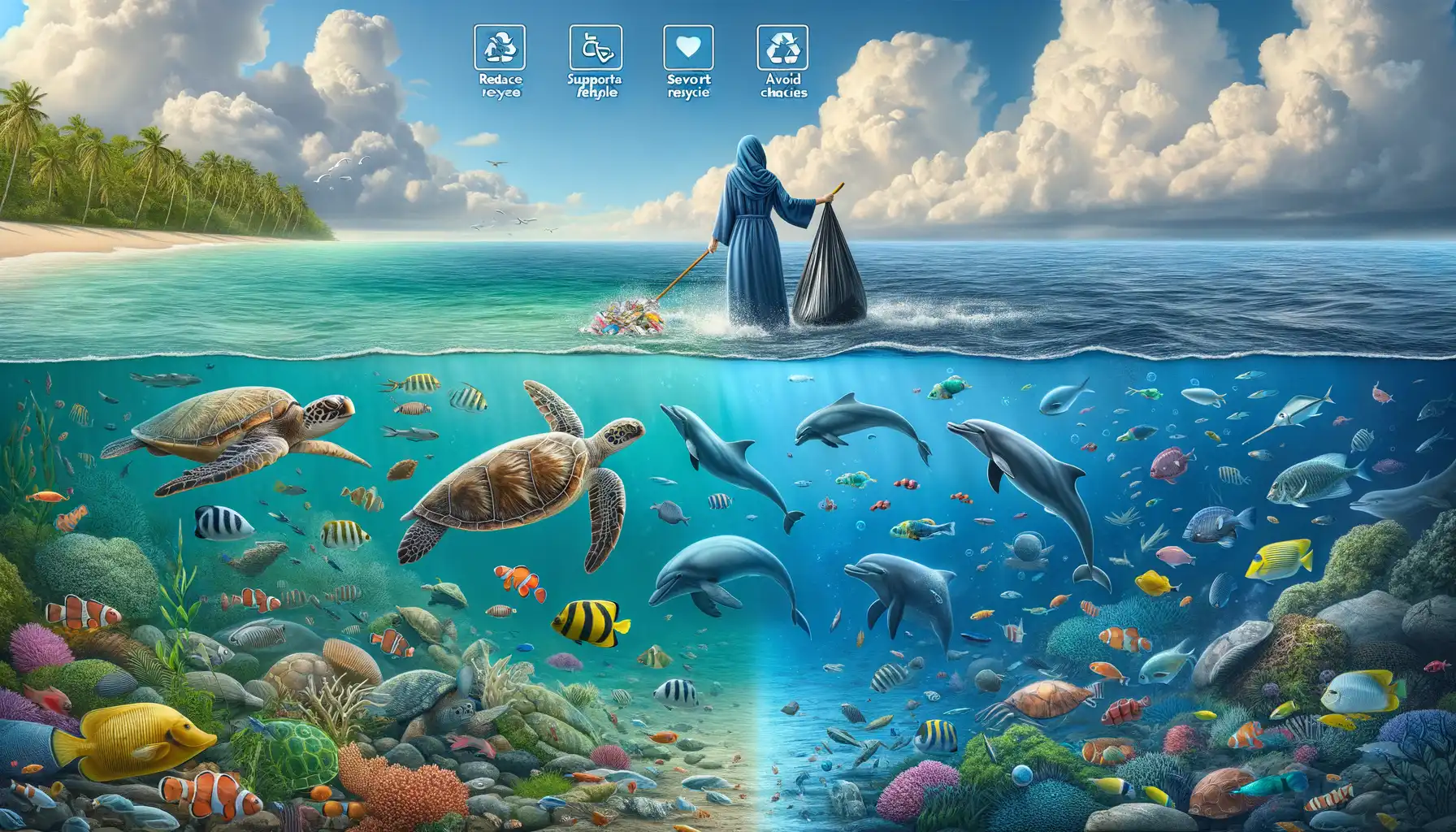
Be a Guardian of the Oceans: Simple Ways to Make a Big Splash
Our oceans are crying out for heroes, and guess what? That hero could be you. Protecting marine species isn’t reserved for scientists or divers—it can start right in your own home. Feeling like it’s a drop in the ocean? Think about this: every small action ripples outward, creating waves of change.
- Say no to plastic: Plastic bags, water bottles, and straws often end up where they shouldn’t—circling in currents like the infamous Great Pacific Garbage Patch. Swap these for reusable options, and you’ve already taken a huge step toward safeguarding creatures like sea turtles who mistake plastic for jellyfish.
- Support sustainable seafood: Picture the sushi on your plate. Is it harvested in a way that leaves our oceans teeming with life—or barren and silent? Opt for seafood certified by organizations like the Marine Stewardship Council.
- Adopt a marine species or habitat: This isn’t just symbolic; your donation helps fund crucial research and protections for threatened animals like the majestic manta ray or the elusive vaquita.
Speak Up For Those Without a Voice
Marine creatures can’t hold picket signs or file petitions, but you can. Use social media to spread awareness about issues like coral bleaching or destructive fishing practices. Write to lawmakers and demand stronger protections for marine habitats. It’s not just activism—it’s giving a voice to those who desperately need one.
Conclusion and Call to Action

Why Your Actions Matter More Than Ever
The fate of our oceans is in your hands—yes, yours! Every small choice adds up to something monumental. Imagine this: a single reusable bottle keeps hundreds of plastic ones out of the sea, ensuring a leatherback turtle doesn’t mistake it for jellyfish and choke. Picture how saying no to seafood from unsustainable sources can save the life of a critically endangered sawfish.
This isn’t just about statistics or faraway seas; it’s about making waves of change, right where you are. Here are simple ways to turn compassion into action:
- Volunteer locally: Join beach cleanups or marine life rescues.
- Donate smart: Fund organizations that combat overfishing, plastic pollution, and habitat destruction.
- Spread awareness: Educate friends and family about their consumption habits.
Your Next Step Could Save a Life
Close your eyes for a second and think of the gentle manatee, the vibrant clownfish, or the magnificent humpback whale. Their survival depends on us showing up—for them, for their ocean home, and for our planet’s future. So, what will you do today? Maybe it starts with sharing this article, signing a petition, or even swapping one single-use item for something reusable.
Your voice, choices, and actions can spark a ripple effect. And ripples? They eventually shape tides. Let’s make these tides ones of hope and revival. The ocean is waiting.
